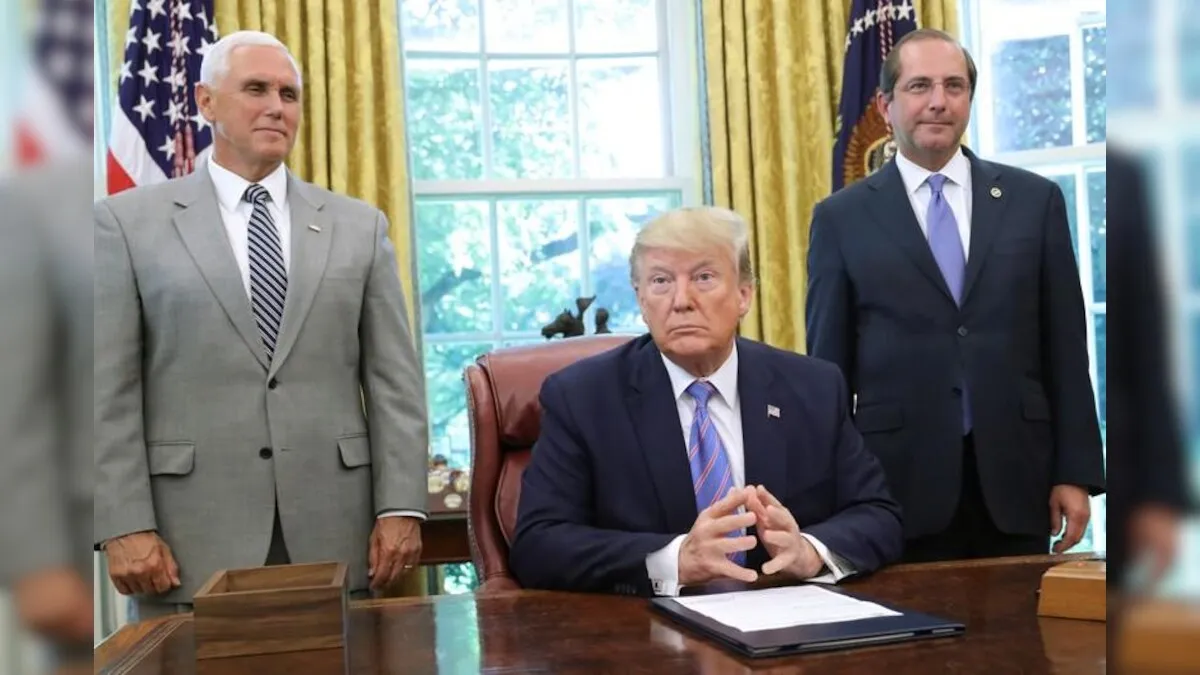
In a significant policy shift, President Donald Trump announced on Sunday that the United States will implement a 25% tariff on all steel and aluminum imports. This decision marks a notable escalation in the administration's trade strategy, with potential widespread implications for global trade dynamics.
"Any steel coming into the United States is going to have a 25% tariff," President Trump stated while en route to the Super Bowl. "Aluminum too. 25% for both."
The tariffs are set to be officially announced on Monday and will apply universally, affecting imports from key trading partners, including Canada, Mexico, and the European Union. This move is consistent with President Trump's longstanding commitment to protect American industries from what he perceives as unfair foreign competition.
Potential Economic Impact
The announcement has already influenced financial markets. Stock futures declined following the news, with Dow Jones Industrial Average futures falling 63 points, S&P 500 futures decreasing by 0.2%, and Nasdaq Composite futures dropping by 0.2%.
Economists express concern that these tariffs could lead to higher costs for American consumers and businesses that rely on imported steel and aluminum. There is also apprehension about potential retaliatory measures from affected countries, which could escalate into broader trade conflicts.
International Reactions
The international community has responded with apprehension. Australia, for instance, is seeking exemptions from the tariffs, emphasizing the mutual benefits of their metals exports to the U.S. Trade Minister Don Farrell highlighted Australia's past success in securing exemptions and expressed optimism about achieving a similar outcome this time.
The European Union has also indicated that it will consider appropriate measures to protect its interests if the tariffs adversely affect its industries.
Historical Context
This is not the first time the Trump administration has imposed tariffs on steel and aluminum imports. In 2018, similar tariffs were enacted, leading to significant discussions about their impact on global trade and domestic industries. The current tariffs represent a continuation of the administration's protectionist trade policies.
Conclusion
As the global community awaits the official announcement and further details, the imposition of these tariffs underscores the administration's focus on reshaping U.S. trade policy. The coming weeks will reveal how these measures affect international relations, domestic industries, and the broader economy.




